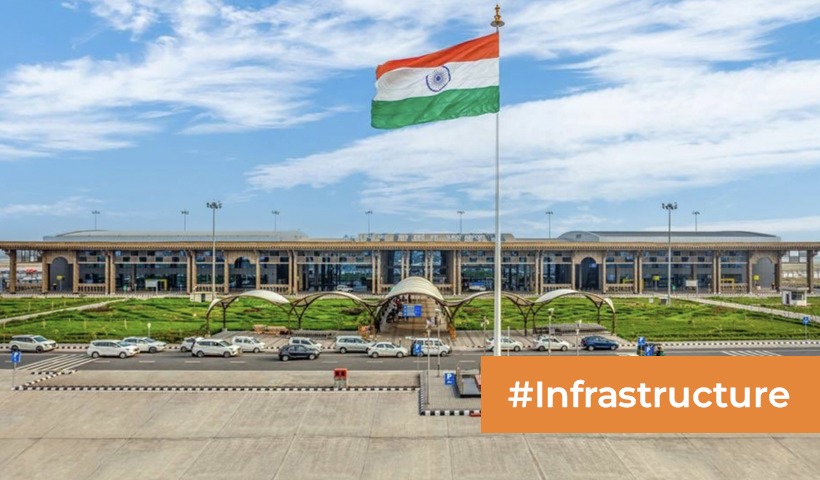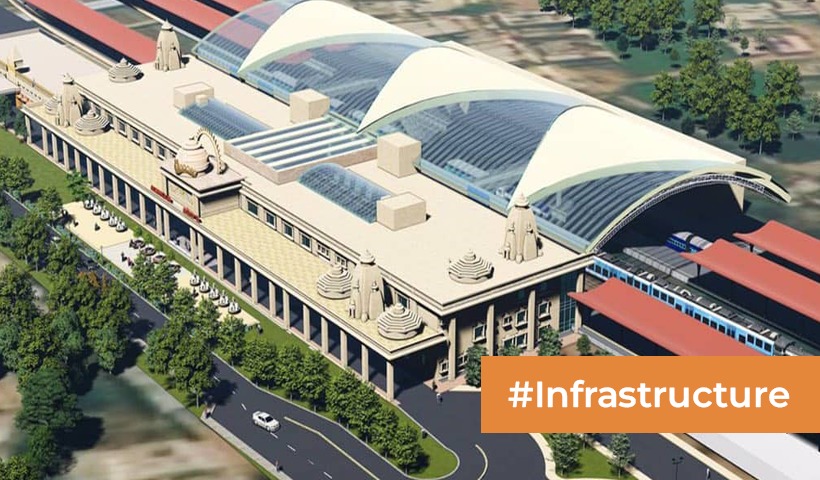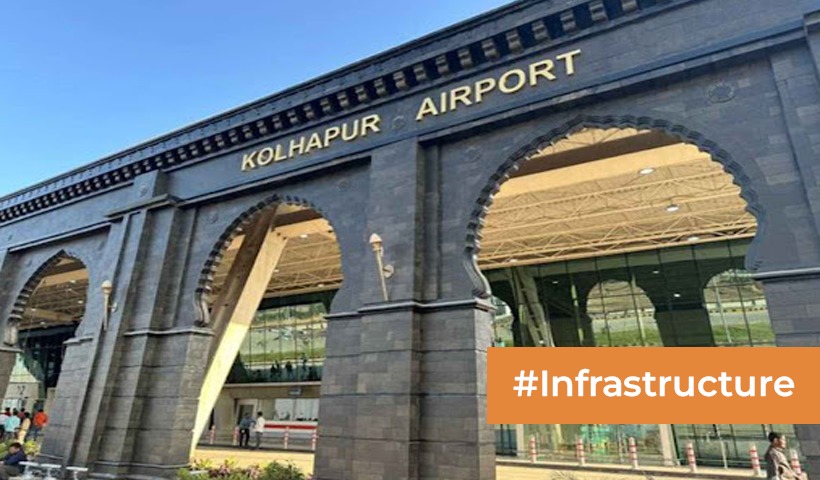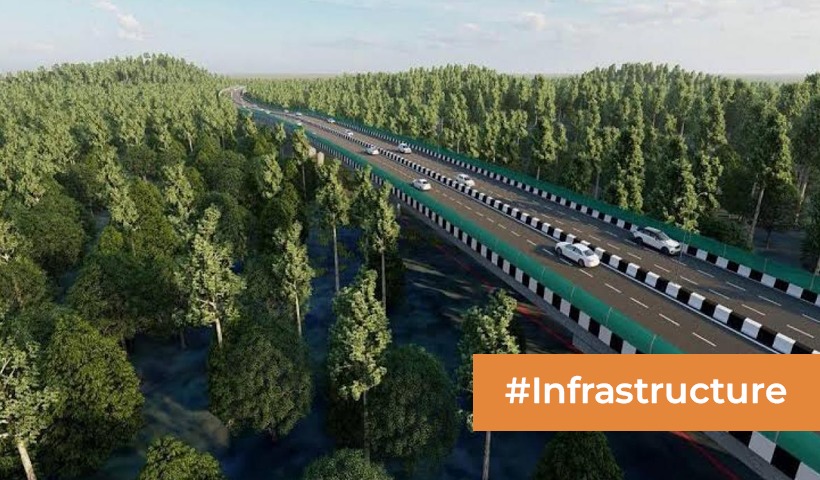India Improves Its Border Infrastructure In Arunachal Pradesh.
Roads and bridges are being built and repaired at breakneck speed in major areas of the Indian border state of Arunachal Pradesh, which saw military intervention during India’s short war with China from October 20 to November 20, 1962.
Six decades after the war’s end and following several rounds of discussions between the two nations to settle the border issue, emotions remain high. They have occasionally caused confrontations.
The intercontinental connection infrastructure upgrades are part of a wider project being conducted by the Indian government to modernise infrastructure and increase monitoring along the 3,488-kilometer-long contested border with China. China claims 90,000 square kilometres in India’s northeast border area, nearly the size of Arunachal Pradesh.
There have been several stories of People’s Liberation Army incursions into Indian territory. There have also been reports of China secretly acquiring territory in Arunachal Pradesh. Currently, there are six “disputed” zones and four “sensitive” zones dispersed around the state.
Among the initiatives now being carried out by the Indian government in border states is the development of 73 operationally significant roads to improve access to the Line of Actual Control (LAC). Over the last five years, the administration has notified Parliament that 2,094 kilometres of border roads had been built at a cost of around $1.8 billion.
There are also plans to establish “vibrant towns” to deter citizens from transferring from border zones to places closer to cities. Around 185 border villages in Uttarakahand’s central sector of the LAC were sparsely populated, forcing the government to announce efforts to curb migration. Residents have been discovered to evacuate from the border, especially in the twin districts of East Kameng and Dibang Valley, according to a government official. Additional soldiers are being sent in areas seen to be susceptible to Chinese incursions. Model border outposts are being built, and UAVs are being used to conduct surveillance in remote areas.
Close to the border, the Indian army has also group work to arrange itself into Combined Squadrons, which are larger brigade formations that deploy a mix of infantry, artillery, tanks, air defence, and so on.
These developments are in reaction to China’s equivalent operations in its Tibet Autonomous Region (TAR), which includes an enormous rail network and roadways stretching over 60,000 kilometres. According to reports, military and aviation sites throughout the whole border region have been renovated.
Disclaimer: The views expressed above are for informational purposes only based on industry reports and related news stories. PropertyPistol does not guarantee the accuracy, completeness, or reliability of the information and shall not be held responsible for any action taken based on the published information.




